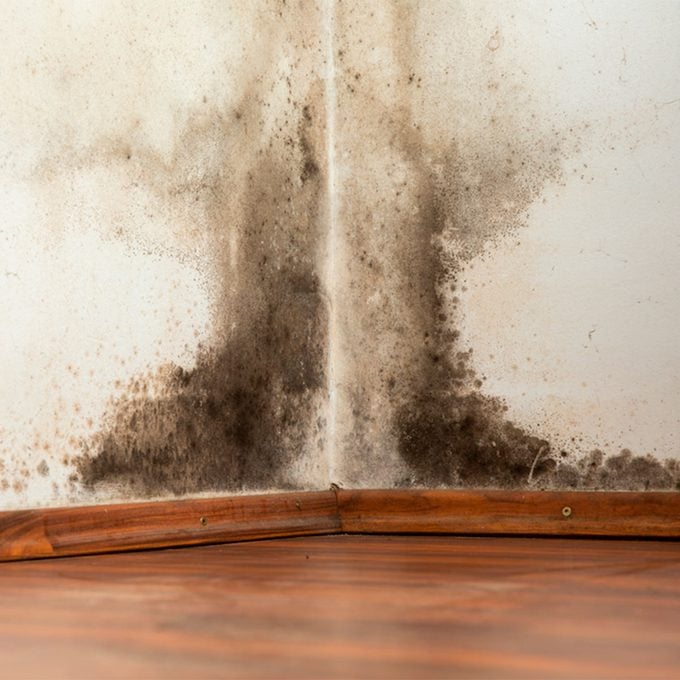Before hiring a home inspector, do this quick inspection yourself to see if this house is worth that next step.
How To Inspect Your Home Like a Home Inspector

When it comes to buying (or selling) a home, the most important step is a thorough home inspection. Home inspectors will help to find the things you may not have noticed during your quick walkthrough of the space. However, home inspections can get rather expensive. You could save a ton of money by quickly walking through a home inspection yourself before having an inspector check out the house.
No, we’re not saying that you shouldn’t hire a home inspector. Home inspectors can honestly be one of the best pre-home buying strategies a home buyer can use. They can alleviate any risks by making sure everything in the house is in buying condition. A home inspector can give you an honest picture of the entire building, and help you to understand where your money truly is going.
Yes, hiring a home inspector is good, but that doesn’t mean you can’t make a few inspections first before giving your money to someone else. Here are a few things you can check on your own first:
Plumbing
Testing the drains and looking at any pipes will be a surefire way of finding any plumbing problems within your home. Check pipes for any leaks, and run the faucets to see if the drains are clogged. This will also help you assess the water pressure.
Walls, ceiling and flooring
The biggest thing to check for is water damage and mold. If you are seeing any water damage or even discolored spots in your walls, ceiling, or flooring, you should take that as a sign of caution. Any visible water damage could mean serious problems within the walls, and even with your insulation. If you see any damage, that would mean a hefty inspection and quite a bit of repair until that space is livable.
Roofing
Water damage and leaks could either come from something inside the house, but most likely it comes from a leaky roof. If you can, checking the roof would be worth your time to make sure that nothing is leaking or extensive repairs don’t have to take place. Here’s how to find and fix roof leaks.
Foundation
Not like the foundation is the easiest thing to check, but there are some signs you can look out for when walking through the house. Foundation issues can cause issues with the floors, as well as the overall framework for the house. Uneven and drywall cracks could be happening because of foundation issues. If you’re also experiencing issues with doors or windows that stick or don’t latch properly, these could also be signs of foundational problems. Lastly, look for any bulges in foundation walls. If you plan on buying an older house, this may be a common issue that you come across. Here are six secret problems an old house might be hiding.
Basement
Along with leaky roofs and other sources for water problems, the basement can actually experience a few water problems of its own. Basement water damage can come from two sources: Indoor humidity condensing on cold surfaces, and water coming in from the outside. If it’s from the outside that means the drainage system may not be set up well for the house. If you are seeing water damage in the basement, you will want to make sure to check where it’s coming from. You can diagnose the water problem by doing this.
Electrical system
Typically people will check the electrical system by switching lights on and off since that seems to be the most reasonable way to check for any issues. But one thing you can particularly keep an eye out for is the electrical outlets and switches. If they look brand new, sometimes that could mean the room was recently wired. If that’s the case, you may want to check the outlets with a receptacle tester to make sure everything was wired correctly. If it wasn’t (like seeing problem s such as reverse polarity), that could mean the homeowner tried to fix the wiring and it hasn’t been inspected yet.
The furnace
The biggest thing you can do is check the age of the furnace. A furnace’s life spay is around 20-25 years, and a well-maintained furnace can last up to 30 or 40. Make sure to check the date of the furnace to see how long it’s been running by looking for stickers that document routine service.
As you do this self-home inspection, these DIY home inspection tools will help in ensuring that the house is safe and ready to buy or sell. And if you hire a home inspector after your inspection, make sure to walk through the inspection with them. You can learn a ton about the house by simply being there as they discover things.




















